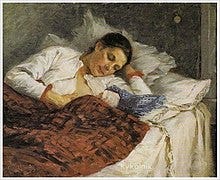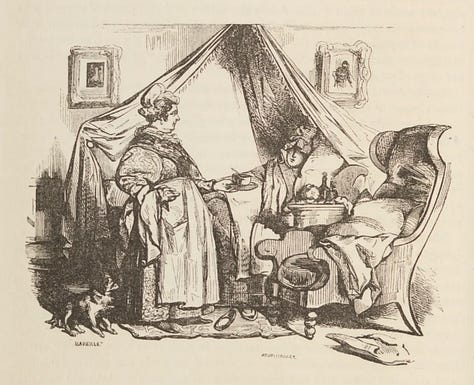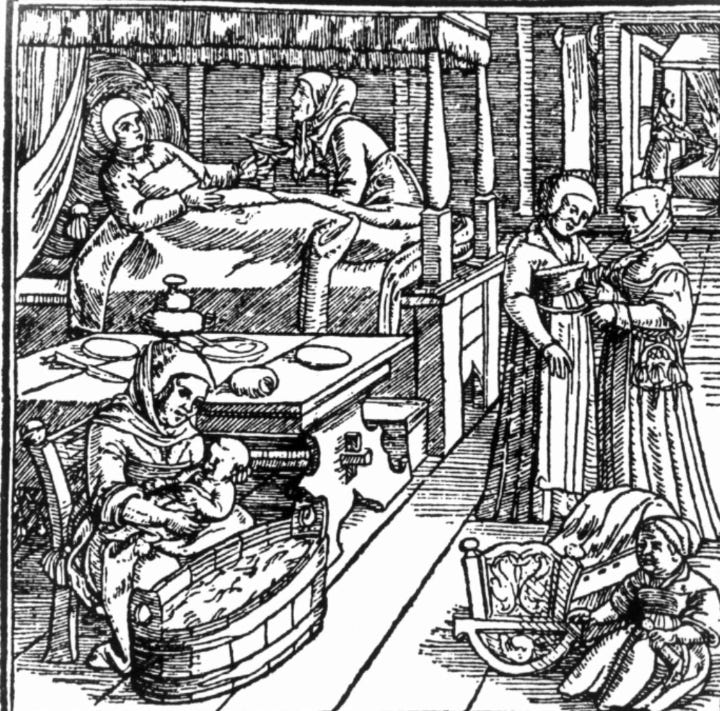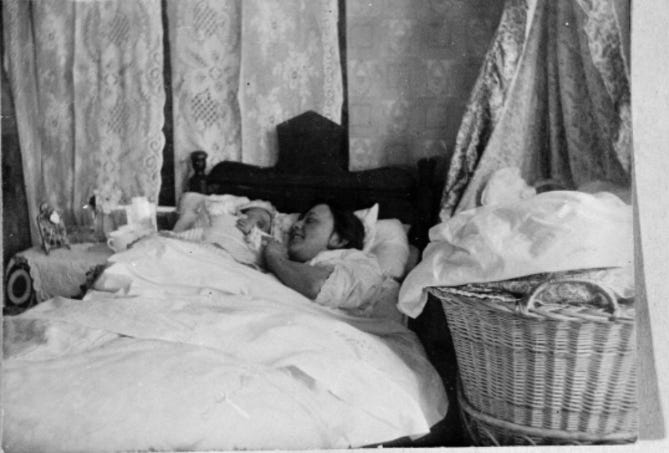




You can upgrade for only $5 per month and I hope that between my writing and other free resources, it feels worthwhile to become a paid subscriber and support my work!
Why does rest feel so complicated to us all? Why does rest feel okay for some on a Friday evening but not the first week after having a baby? Why is 6 months of rest prescribed for knee surgery patients but not for patients after birth? Why is a day of rest a sacred rite to many religious traditions and faiths but not a sacred rite for new parents?
Rest is a sticky topic, taboo for some families, and as a culture, we have commercialized and capitalized rest to the point of not knowing if it’s for our well-being or if we feel shame for not going along with the newest wellness trend. We now need to purchase apps to “help us rest more” We need rest pods at work so we are more productive, and there is even mom shaming in the postpartum world if you aren’t resting enough.
Rest is complex, it’s a privilege to many in the middle and upper class, especially in the postpartum, and yet rest is vital for our health. So how do we all rest more after having a baby?
Before we can answer these questions…Let’s dive into the history.
The History of Rest and Bedrest
Bedrest
When we talk about the history of rest, we have to touch upon the concept of bed rest, which was a culturally accepted response to some of life’s adversities, especially after having a baby.
Bed rest for pregnancy was influenced by the publication by John Hilton, in 1863 called “Rest and Pain”. He advocated rest for all kinds of maladies, heart attacks, hysteria, ulcers, and pregnancy. Before the 19th century, pregnancy wasn't considered a malady. After Hilton's influence, Victorian ladies were regularly put to bed. Starting their confinement when they began to show.
Another form of “bed rest” was known as the rest cure, and this rest cure was mostly for hysteria.
Keep reading with a 7-day free trial
Subscribe to After birth to keep reading this post and get 7 days of free access to the full post archives.




